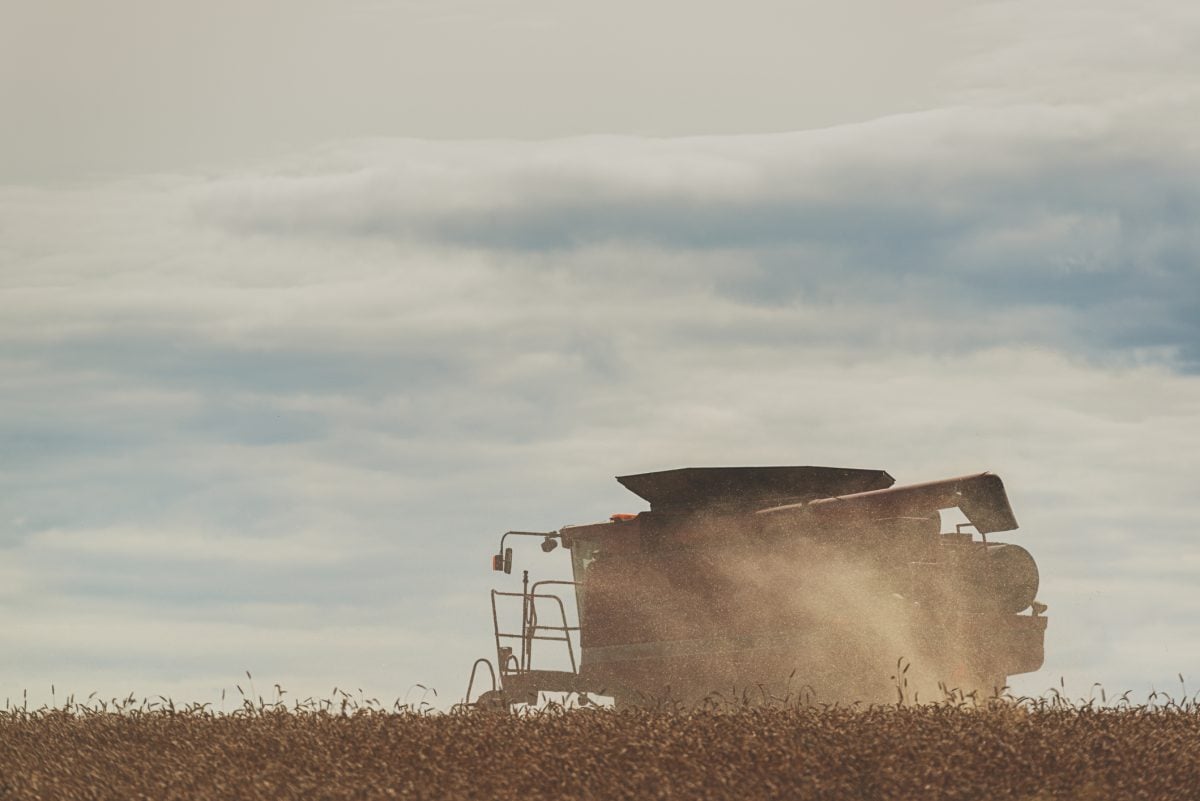LONDON (Reuters) — The smallest wheat harvest in Britain for more than a decade should get underway in key growing regions this week, as disastrous wet weather hit a second successive crop, opening the way for a flood of imports in coming months.
Planting last autumn was wrecked by rain, which also ruined the quality of the 2012 harvest. The UK had its second wettest year on record that year.
But while volumes are expected to be poor, farmers still hold out hope for better quality grain than last year.
Read Also

Russia’s top agriculture official blames low global grain prices for export slowdown
Low global prices for grains, Russia’s main agricultural commodity, have caused a sharp fall in exports in recent months.
“It is likely it will be a smaller crop than even last year, but we are hoping it might be a (higher) quality crop,” said James Mills, the National Farmers’ Union’s combinable crops advisor.
A survey conducted by the Home-Grown Cereals Authority has estimated that Britain’s wheat harvest area is expected to be down 19 percent this year.
Traders estimate the drop in area is likely to cut the wheat crop to around 12 million tonnes, down from last season’s 13.3 million and far below the record 17.2 million harvested in 2008.
A poor quality crop last year forced bread makers to rely heavily on imports with Germany the most important supplier. Bread brand Hovis, for example, had to abandon a pledge to use only British wheat and remove the Union flag from its packaging.
“There were some pretty significant brands that were forced last year to remove the British wheat label. If we have the quality here, then hopefully that will allow them to return to that trademark,” Mills said.
Britain is normally a net wheat exporter, shipping roughly 2.5 million tonnes a year to customers in countries such as Spain and the Netherlands, while importing about one million tonnes from sellers including Canada, France and Germany.
Rains turned trade on its head with imports in the first 11 months of the 2012-13 season (July/June) soaring to 2.68 million tonnes while exports sank to just 666,864 tonnes.
A high quality, if small crop, is likely to lead to heavy imports of feed wheat to supply the livestock and biofuels industries, and cut the need to buy as much milling wheat, which is more expensive and can be used to make bread.
“The focus could be on the feed side of things particularly if the ethanol demand we are anticipating is ready by the autumn,” Jack Watts of the HGCA said.
Britain has two major biorefineries, which turn around one million tonnes of wheat a year into biofuel ethanol and a high protein animal feed.
CropEnergies purchased UK biofuels maker Ensus last month and announced that production should resume in the autumn.
Ensus temporarily shut its bioethanol plant in northeast England in April and it remains off-line.
Britain’s other major biofuels producer, Vivergo, is in the process of ramping up production at its newly opened plant in eastern England.
Analyst Leo von Kameke of ODA UK said the overall level of wheat imports may be lower if the main requirement is for feed rather than bread-making grain.
“For lower quality feed stuff, we can substitute barley and maize, plus we also have a very big stock of old crop, low-quality feed wheat in the country,” he said, referring to supplies left over from last year’s poor harvest.
Key grain exporters in the European Union, Black Sea region and North America will therefore be keeping a close watch on early reports on the quality of the crop.
“The UK is a target market for exporters (for the 2013-14 season),” Watts said.














